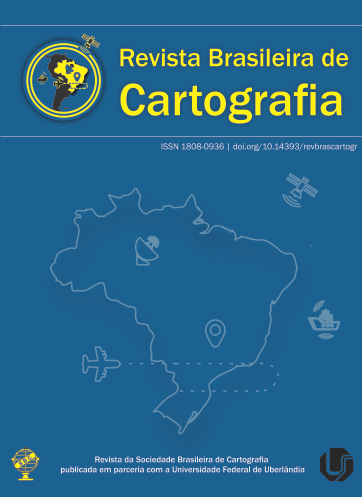Analysis of the spatial distribution of social and demographic indicators: a data-mining based approach
Main Article Content
Abstract
Census data collected periodically depicts the ethnic, social and economic aspects of population’s profile. They support the diagnosis of the dimensions of human development that demand priority actions from public agents as well as both similarities and heterogeneities between different regions all through the country. This paper analyzes the spatial distribution of groups of Brazilian municipalities, clustered according the similarities between indices such as the literacy rates by age, ethnical composition and the components of Human Development Index. After the analysis of the spatial dependency within every group, decision trees were modeled aiming at determining the rules that define the clusters. The results pointed the spatially dependent indicators computed by the demographic census when compared to the overall dataset. The proposed methodology is suitable to fit other specialized applications.
Downloads
Metrics
Article Details
Authors who publish in this journal agree to the following terms:
- Authors retain copyright and grant the journal right of first publication with the work simultaneously licensed under a Creative Commons Attribution License that allows others to share the work with an acknowledgment of the work's authorship and initial publication in this journal.
- Authors can enter into separate, additional contractual arrangements for the non-exclusive distribution of the journal's published version of the work (e.g., post it to an institutional repository or publish it in a book), with an acknowledgment of its initial publication in this journal.
- Authors are permitted and encouraged to post their work online (e.g., in institutional repositories or on their website) before and during the submission process, as it can lead to productive exchanges, as well as earlier and greater citation of published work (see "The Effect of Open Access").





